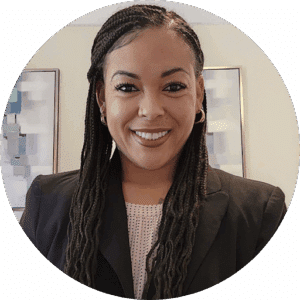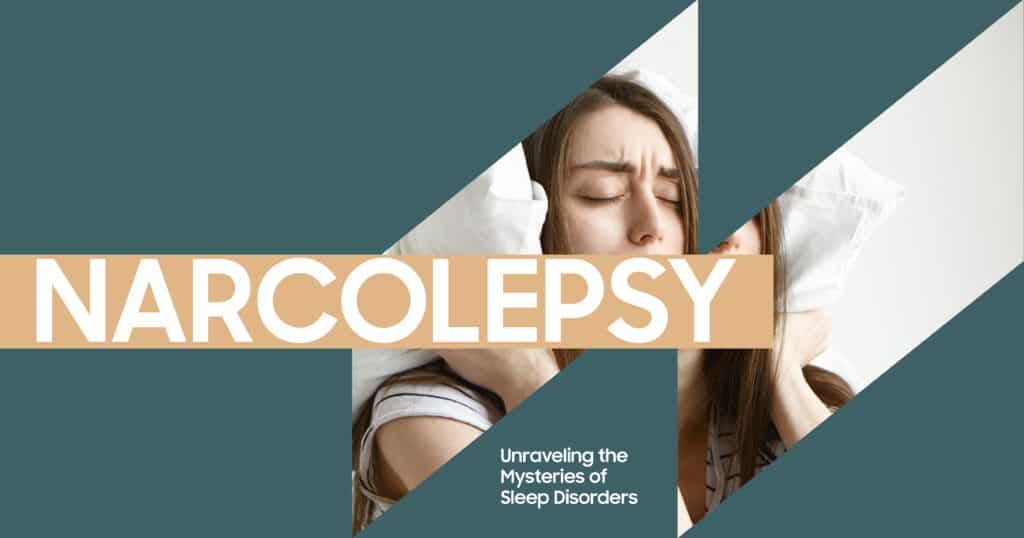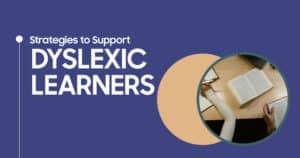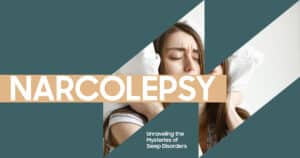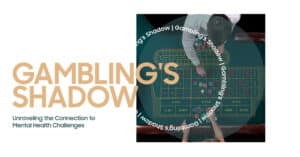One of the most interesting and misunderstood sleep disorders is Narcolepsy. Narcolepsy is different, in contrast to normal tiredness, as it prevents the human brain from controlling sleep-wake patterns, which results in excessive daytime somniness, unexpected muscle debilitation (cataplexy), sleep paralysis, and dreamlike hallucinations. The symptoms may cause everyday life to be uncertain, affecting work, school, relationships, and safety.
Narcolepsy can be overcome, given its difficulties. Having an appropriate mix of medication, lifestyle behavior, and support, patients will regain their balance and live productive lives.
Understanding Narcolepsy
Narcolepsy is a long-term brain disorder that involves the control of sleeping (nap) and wakefulness (sleep apnea) within the brain. Contrary to insomnia or mere tiredness, narcolepsy is caused by a physiological disturbance of the sleeping pattern, specifically through a lack of orexin (hypocretin). This neurotransmitter appears to keep a person alert.
There are two main types:
Narcolepsy Type 1 (NT1)
This type of narcolepsy is closely associated with cataplexy or acute and involuntary loss of muscular tone caused by laughter, excitement, or anger. Episodes can include milder ones, such as drooping eyelids, red knees, and worse cases when the patient collapses and remains awake.
NT1 is also linked with a very low level of orexin (hypocretin), a brain chemical that controls the release of REM sleep and wakefulness. Owing to this, people with NT1 tend to have more adverse symptoms with common sleep paralysis and hypnagogic hallucinations..
Narcolepsy Type 2 (NT2)
NT2 is just a preponderance of daytime drowsiness and shows no cataplexy. Individuals with NT2 will continue to experience disturbed sleep during the night, vivid hallucinations, and excessive daytime drowsiness except in exceptional cases where orexin is out of range.
NT2 is also prone to go undiagnosed because the absence of cataplexy may confuse it with other sleeping disorders, such as insomnia or sleep apnea.
Treat Mental Health Tennessee
Causes and Risk Factors of Narcolepsy
Although the exact cause is not completely comprehended, studies have indicated that a combination of genetic, autoimmune, and environmental causes has played a role.
- Orexin deficiency – This is the most reliable biological indicator of narcolepsy, particularly in NT1.
- Autoimmune response – There may be a risk of attack of orexin-producing neurons by the immune system.
- Genetics – some genetic markers (such as HLA-DQB1*06:02) make one more susceptible.
- Brain injury or disease – It is seldom that injury to parts that regulate sleep can become the cause of narcolepsy.
- Onset age – It is mostly developed during adolescence or early adulthood.
Common Symptoms of Narcolepsy
Narcolepsy symptoms vary, but five key features are often present:
| Symptom | Description | Impact on Daily Life |
| Excessive Daytime Sleepiness (EDS) | Overwhelming urge to sleep, even after full rest | Falling asleep at work, during class, or while driving |
| Cataplexy | Sudden loss of muscle control triggered by strong emotions | Collapsing from laughter, knees buckling from surprise |
| Sleep Paralysis | Temporary inability to move or speak while falling asleep or waking up | Fearful episodes, often with hallucinations |
| Hypnagogic Hallucinations | Vivid dream-like experiences at sleep onset or waking | Awakening, life-like dreams. |
| Disrupted Nighttime Sleep | Often waking up with insomnia. | Causes daytime drowsiness and exacerbates the symptoms. |
| Automatic Behaviors | Working when semi-awake. | Writing, walking, or speaking without remembering it |
Diagnosis Process for Narcolepsy
A narcolepsy diagnosis cannot be made based on a report of tiredness or fatigue. Due to overlapping its symptoms with all other sleep disorders, physicians employ special tests in order to assess the activity of the brain, the quality of sleep, and sleepiness in the daytime.
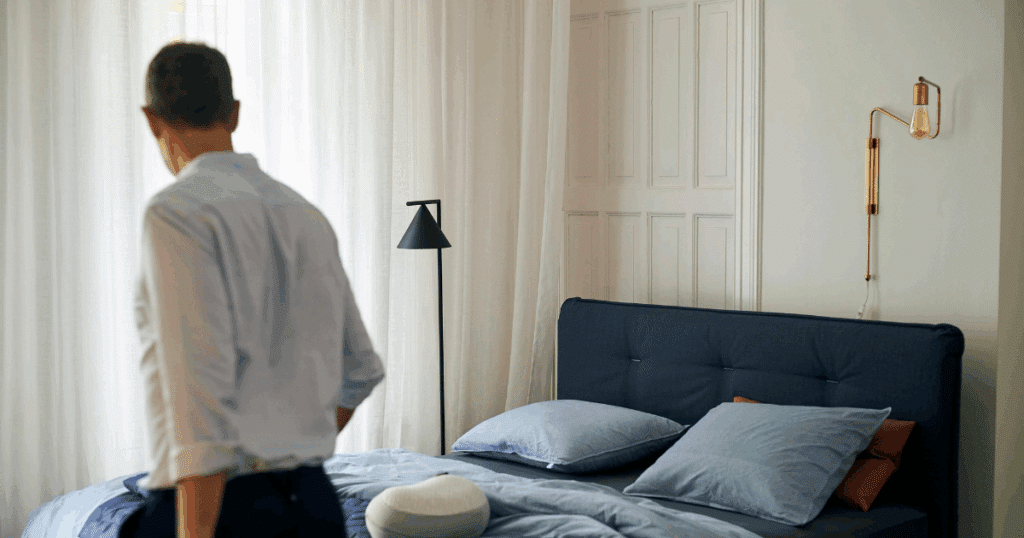
This usually includes an overnight sleep test (polysomnography) and Multiple Sleep Latency Test (MSLT) conducted to monitor the speed at which REM sleep can be attained. These findings, together with clinical history and symptom presentations, can be used to establish narcolepsy and eliminate other causes.
Sleep Studies and Polysomnography
The commonly used first step is an overnight polysomnography (PSG). In this test, brain activity, heart rate, breathing, and movements of the muscles are recorded to eliminate the possibility of other disorders such as sleep apnea.
Multiple Sleep Latency Test (MSLT)
PSG and MSLT are taken the next day to test how fast one falls asleep during scheduled naps. A timed rating of less than 8 minutes and going into REM in brief periods are some of the major predictors of narcolepsy.
A diagnosis can be done reliably by both tests, coupled with the medical history and symptom examination.
Treat Mental Health Tennessee
Treatment Options for Managing Narcolepsy
Narcolepsy, though incurable, can be treated with medication and lifestyle modifications.
- Stimulants – Help manage excessive drowsiness in the daytime. (e.g., Modafinil, Armodafinil, Methylphenidate)
- Sodium Oxybate – corrects cataplexy and nighttime sleep disorder.
- Antidepressants – SSRIs and SNRIs can be used to control cataplexy, hallucinations, and sleep paralysis.
- New treatment – Preclinical work on orexin agonists demonstrates the possibility of a direct cure of orexin deficiency.
Lifestyle Adjustments for Living with Narcolepsy
Daily habits are significant in the management of narcolepsy symptoms. With some normalcy regainedregaining, by indulging in organized routines and self-care, a person will be able to somehow get back on track.
| Lifestyle Strategy | Benefit | Example Practices |
| Scheduled Naps | Reduces daytime sleepiness | 15–20 minute naps during the day |
| Consistent Sleep Schedule | Improves nighttime rest | Fixed bedtime and wake-up time |
| Healthy Diet | Avoids energy crashes | Balanced meals, limit sugar and caffeine |
| Regular Exercise | Promotes better sleep quality | Gentle aerobic activity, yoga |
| Stress Reduction | Lowers symptom severity | Meditation, breathing techniques |
| Safety Planning | Prevents accidents | Avoid driving when drowsy, and inform employers or teachers |
Your Path to Stability Starts with Treat Mental Health Tennessee
Treat Mental Health Tennessee is aware of the day-to-day life with narcolepsy. From the most unexpected moment of a cataplexy to the difficulty in having excessive daytime sleepiness and disturbed nighttime sleep, our team offers understanding, evidence-based assistance that corresponds to an individual patient’s needs.
Take action in case of the symptoms of narcolepsy. Contact Treat Mental Health Tennessee to take the first step toward stability and better living.

Treat Mental Health Tennessee
FAQs
What are the common symptoms of narcolepsy, and how do they impact daily life?
Excessive daytime sleepiness, cataplexy, sleep paralysis, and hallucinations are among the most common ones. These may encourage the hardships of sustaining jobs, education, and social roles, which may inevitably cause emotional clinging and alteration of lifestyle.
How does excessive daytime sleepiness differ from feeling tired, and how is it related to orexin deficiency?
Excessive daytime sleepiness is an unwarranted desire to sleep despite having sufficient rest due to a lack of orexin in the brain. It interferes with alertness, unlike ordinary fatigue, which may happen at appropriate or even quite hazardous intervals, like when a person is driving.
What is the connection between cataplexy and emotional triggers in individuals with narcolepsy?
Cataplexy refers to the abrupt weakness of the muscles as a result of powerful emotions, such as laughter, excitement or anger. It closely connects with narcolepsy type 1 and is an indicator of the underlying disorder of the orexin signaling.
How can disrupted nighttime sleep contribute to daytime symptoms in those with narcolepsy?
Narcolepsy is characterised by frequent awakenings that do not give the body a rest and often disrupted nighttime sleep. This aggravates fatigue during the day to the extent of excessive sleepiness and automatic behaviour.
What are the treatment options for managing hypnagogic hallucinations and sleep paralysis in people with narcolepsy?
The symptoms may, in many cases, be controlled by antidepressant drugs that inhibit REM sleep. They can be used in combination with adequate sleep hygiene and lifestyle policies to decrease frequency and distress to a substantial extent.





